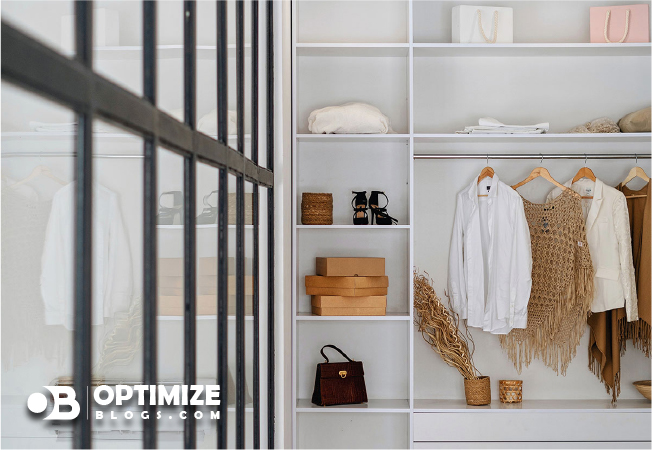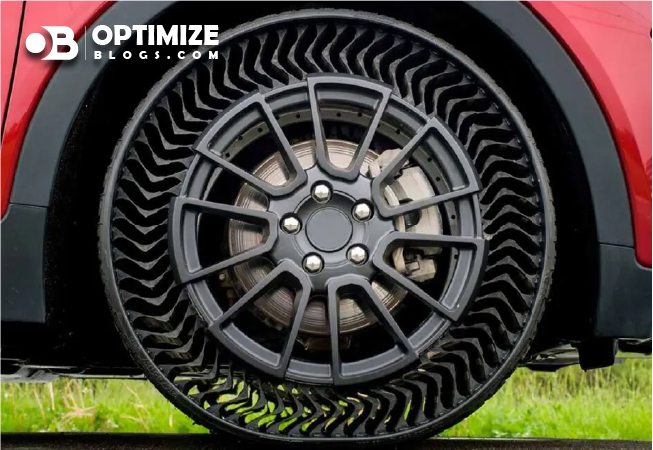
As the seasons change, so does our clothing needs and preferences. What you wear in the summer might not be suitable for the winter, and vice versa. To maintain an organized and functional wardrobe, it's essential to practice seasonal wardrobe rotation and storage. In this comprehensive guide, we'll walk you through the process of transitioning your wardrobe seamlessly between seasons, ensuring that your clothing remains in excellent condition and readily accessible.
Why Seasonal Wardrobe Rotation Matters
Before we delve into the steps for effective wardrobe rotation and storage, let's understand why it's important:
Maximizing Space
Rotating your wardrobe helps you make the most of your closet space. By storing out-of-season items, you create room for the clothing appropriate for the current season.
Preventing Wear and Tear
Storing clothes you're not currently wearing protects them from unnecessary wear and tear. It also ensures that your clothing lasts longer.
Streamlining Your Daily Routine
A well-organized wardrobe makes it easier to choose outfits quickly and efficiently, saving you time during your daily routine.
Discovering Forgotten Gems
When you rotate your wardrobe, you have the chance to rediscover pieces you may have forgotten about, allowing you to refresh your style without buying new clothes.
Step-by-Step Guide to Seasonal Wardrobe Rotation
Evaluate Your Current Wardrobe
Before you begin rotating your wardrobe, assess your current clothing collection. Take note of items you wear frequently, those you haven't worn in a while, and any pieces that need repairs or cleaning.
Sort Your Clothing
Divide your clothing into categories: keep, donate, repair, and store. Be honest with yourself about items you no longer need or wear, and consider donating them to declutter your closet.
Clean and Repair
Before storing any clothing, ensure that each item is clean and free from stains. Mend any tears or loose buttons to keep your clothing in the best possible condition.
Choose Storage Containers
Invest in storage containers such as plastic bins, garment bags, and clear storage boxes. These containers will help protect your clothing from dust, moisture, and pests.
Properly Fold and Store
For items that can be folded, use acid-free tissue paper between layers to prevent wrinkles. Delicate items like knits should be folded and stored in breathable garment bags to avoid stretching.
Label and Organize
Label your storage containers clearly with the contents and the season. This makes it easier to locate specific items when you need them.
Store in a Cool, Dry Place
Store your out-of-season clothing in a cool, dry area away from direct sunlight. Avoid basements and attics, as these areas are prone to temperature and humidity fluctuations.
Create a Wardrobe Transition Plan
When transitioning between seasons, designate a specific day to swap out your clothing. Use this opportunity to review your wardrobe and assess what you may need for the upcoming season.
Organize Your Current Season's Wardrobe
With the newly rotated wardrobe, take the time to organize your current season's clothing. Group similar items together and arrange them by color or style for easy access.
Maintain Regular Check-Ins
Periodically review your wardrobe to ensure that you're still wearing everything you own. If you haven't worn a piece in a year or two, consider donating or selling it.
Tips for Effective Seasonal Wardrobe Rotation
Invest in Quality Storage Materials
Quality storage containers and bags will protect your clothing better in the long run.
Vacuum Seal Bags
Consider using vacuum seal bags for bulky items like winter coats. These bags save space and provide an airtight seal.
Cedar Blocks or Lavender Sachets
To prevent moth damage and keep your clothing smelling fresh, place cedar blocks or lavender sachets in your storage containers.
Seasonal Edit
When transitioning your wardrobe, use the opportunity to edit your clothing collection. Donate or sell items you no longer need.
Take Care of Shoes
Shoes should also be rotated seasonally. Clean, repair, and store them properly to extend their lifespan.
Rotate Accessories
Don't forget to rotate accessories like scarves, hats, and belts to match the season.
Conclusion: A Wardrobe for All Seasons
Effective seasonal wardrobe rotation and storage are essential for keeping your clothing in great condition, staying organized, and making the most of your closet space. By following this guide and maintaining regular check-ins, you'll ensure that your wardrobe remains functional, stylish, and clutter-free. A well-organized wardrobe simplifies your daily routine and allows you to enjoy your clothing collection year-round. So, roll up your sleeves, declutter, and start the rewarding process of creating a wardrobe that's perfect for every season.






